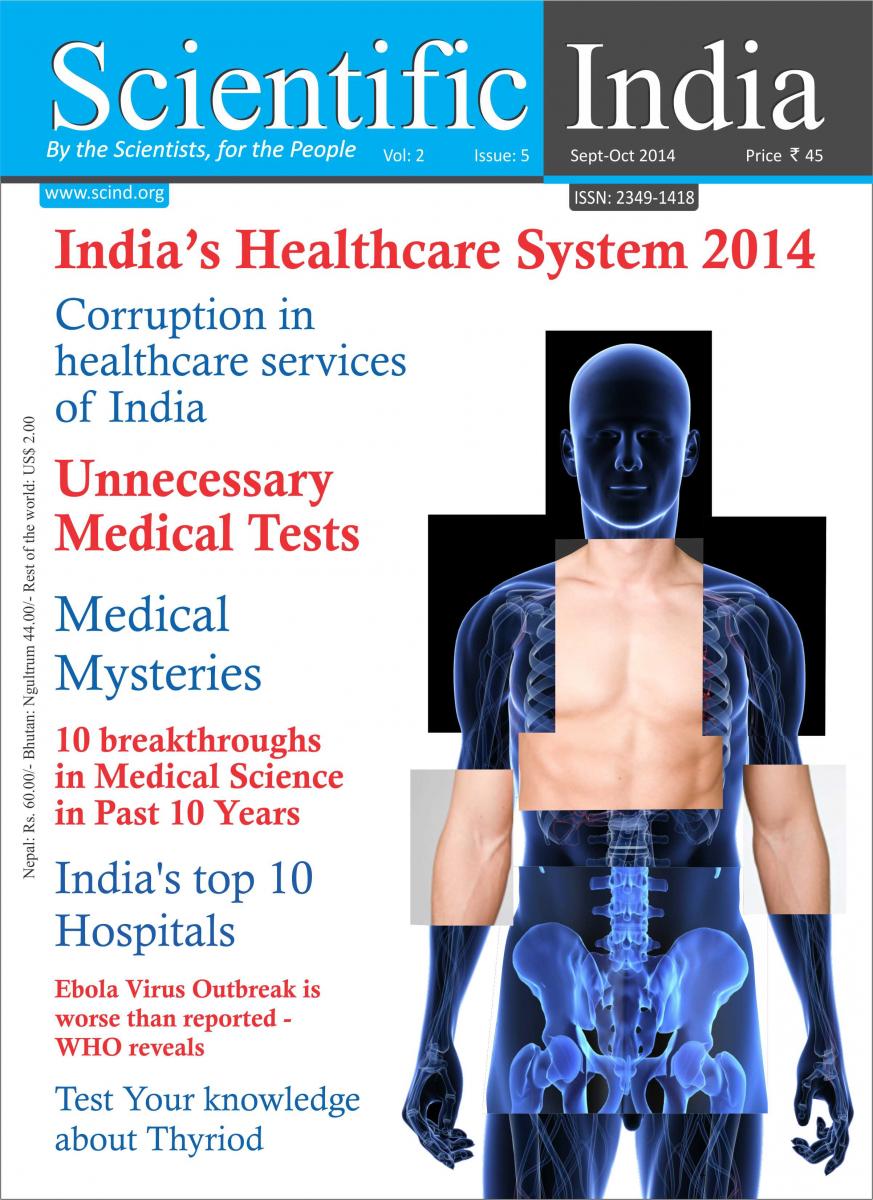Prevalence of Lethal Yellowing Disease, Insect Vectors and Premature Nut Fall of The Coconut Palms in Nigeria

¹Nigerian Institute for Oil Palm Research (NIFOR), PMB 1030 Benin City, Edo State. Nigeria
²Department of Cell Biology and Genetics, University of Lagos Akoka, Yaba. Lagos State.
The Prevalence of lethal yellowing disease (LYD), insect vectors and premature nut fall of the coconut palms have been studied within the locations and states visited in Nigeria. The locations were fields with mixture of dwarfs, hybrids and West African tall coconut palms including decapitated coconut stems. The prevalence of LYD was higher in the South South with 25.4% when compared with the South East with 2.5%. In the South West Lagos Badagry there was no LYD prevalence. However soil moisture, stress and water-log appears to predispose palms to the condition of root wilt and bud rots which results in crownless of the palms. This was not an indication of LYD. In the locations visited in North central zone there was no visible occurrence of LYD. The South-South recorded high level of insect vectors on coconut canopies with 11.6%, followed by South East 6.6%, South West 4.7% and North central zone 6.9 %. The prevalence of premature nut fall in the South-South was higher with 28.6%, South East 23.2%, South West 15.9% and North zone 8.3% based on sample sizes. In some of the zones visited, different species of leaf and plant hoppers likely to be insect vectors were found feeding on the canopies of LYD and premature nut fall coconut palms. The high level of insect vectors Cicadellidae (leafhoppers) and Flugoroidea (planthoppers) found in the South-South could possibly be the reason of high level of prevalence of LYD and premature nut falls recorded in the region.
Key words: Coconut; LYD; Insect vector; Nut fall; Prevalence.
